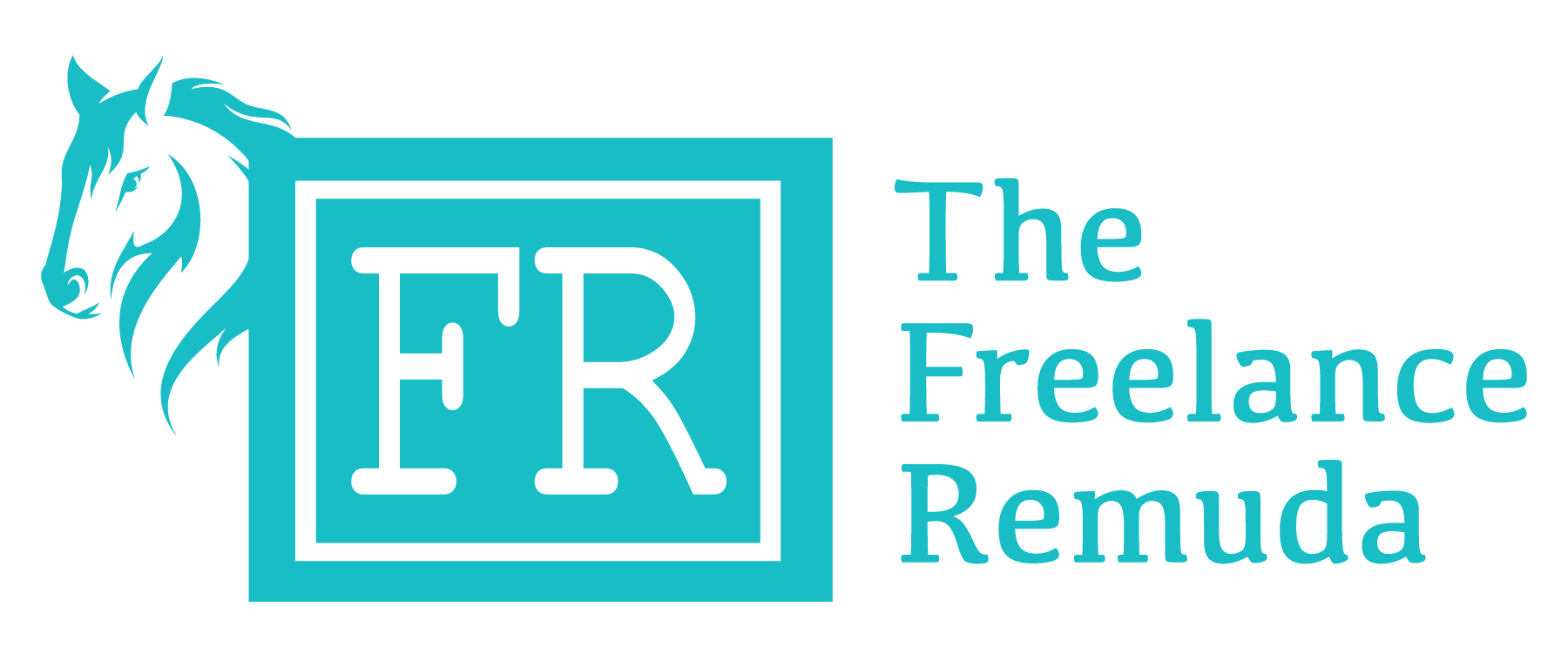Gear it up!
When out on the trail or in the pasture, it isn’t always feasible to lug out all your recording and photography gear. So, what are the “must have” items used by fellow equine media professionals? We have the low down!
Larri Jo Starkey at work.
Larri Jo Starkey, the American Quarter Horse Journal
If possible, I will have made a phone call beforehand and have the written story in my hand so we can make notes on it. I like to sit in the shade with my source and together we come up with a shot list while we shoot the breeze.
Her must have list:
1. Extra batteries
2. A USB power bank
3. Extra memory cards
4. Voice recorder
5. Paper maps to location in addition to GPS on the phone
6. Phone – doubles as a recorder in time of need
7. Spare internet cable for the odd hotel/venue that forces me to plug in
8. As I’m traveling, every time I stop at a food place, I grab extra napkins and have those stashed in my bag.
The essential: A baggie that includes Advil Sudafed and Benadryl.
Also, I pick up a bottle of water that I don’t drink. If I get something nasty on my equipment, I’m prepared to get it off. If I know the weather is going to be hot, I’ll take a bottle of water and offer it to my source. I take sunblock that is not a sunblock/bug spray combo. If I’m going to be in a warm, humid climate, I’ll take bug spray that is not also sunblock.
Abigail Boatwright's gear at work in New Mexico.
Abigail Wilder Boatwright, freelancer
For photography, I like to bring a reflector that folds up, if I have room. It can easily brighten faces and can even act as a scrim for harsh light. Bring more camera cards than you think you’ll need. You never know when one will corrupt! Always bring extra camera batteries and AA batteries for your flash. I will even bring my charger, in case I run out of juice on the camera batteries.
Other items I always bring:
- Two camera bodies (Canon 1D and 5D mark III)
- 50 mm 1.8 for portraits, 70-200 mm 2.8 for most shots with horses, 16-35 mm wide angle lenses. I just got a new bag so I can carry a 300 mm with me now--it used to have its own suitcase that was clunky to pack. I also use a 100mm macro sometimes. It's nice for portraits as well as small details.
- 1-2 flashes and hot shoe
- Depending on what I'm shooting, I'll bring a lightweight light stand (for off camera flash), a monopod (for a lot of 300mm lens work because it's heavy) or a tripod (anything with low light or interiors). These are the things I leave at the shoot MOST often, so I try to only bring one if I can help it.
- digital recorder
- shot list, notes from our interview and model release. I usually interview prior to the shoot and come with a shot list to go over with the source.
- business cards
- Hydroflask water bottle. Keeps things cold for 24 hours or more!
John Harrer, Whoa Podcast about Horses
For shooting video and photography, I bring a 48-inch monopod. I’d prefer a taller one, but alas that’s the one I purchased. It stows away nicely and can make a big difference in quality. I also have a 12” tripod to mount the recorder in case my subject talks with his hands.
For lenses, I take my 55-250mm and my 18-55mm. That should give me the variety I need.
For audio, I have my Olympus LS-10 digital recorder. It’s important to find someplace out of the wind, otherwise the audio is unusable. I scout a decent recording location before contacting my source.
Everything can fit in my shoulder camera bag or off my belt if needed. Then, I meet my subject as early in the day as possible for a conversation. It’s best when they are excited about the event, instead of relieved its finally over. Although, I will try and get afterthoughts, sometimes those can be very tricky.
Horseback photographer Jennifer Denison.
Jennifer Denison, Western Horseman
I take all my gear and it all fits into one large backpack I can carry on a plane or hike out to a strategic location on a ranch. The components of my backpack:
2 SLR camera bodies
16-35mm wide angle lens
80-200mm long lens
100mm for portraits
1 flash
1 light stand
1 tripod with rotating head for video
TTL flash cord or Pocke Wizards
Reflector
Plenty of cards, card reader
Battery for each camera and one spare (charged), battery charger
Trash bag and plastic ponchos to cover equipment if it rains
One solid color sheet for a backdrop (black or white)
Small notebook, pens and pocket recorders with batteries
My newest gadget is a clamp for my cell phone that fits into my light stand that I can use for Facebook Live or cell video. If resources allow, I add a 300mm lens to the bag.




